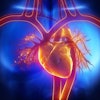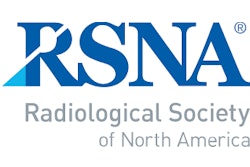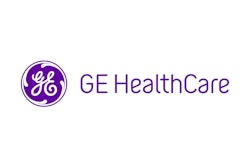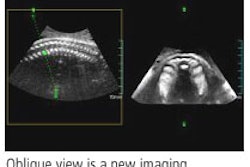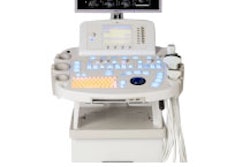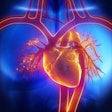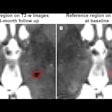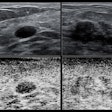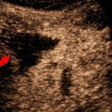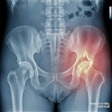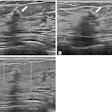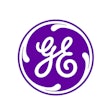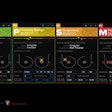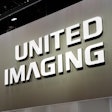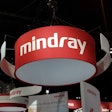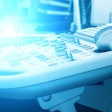As reimbursement continues to trend downward, productivity and cost-effectiveness are expected to become two of the major themes in ultrasound at this year's RSNA meeting.
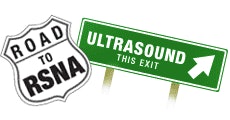
"It is a conundrum," said Gordon Parhar, director of the ultrasound business unit at Toshiba America Medical Systems of Tustin, CA. "On one hand, you're giving people more information, but at the same time, they want everything done faster."
Still, as ultrasound technology progresses, observers envision a day when a standard 30-minute ultrasound exam is reduced to 10 minutes. It won't happen at RSNA 2005, but it may not be too far in the future.
In the meantime, 3D and 4D imaging will continue to be valuable tools for physicians and sonographers. The technology "allows the physician to look through the organ in different planes," said Gitte Andreason, manager for Americas ultrasound marketing at GE Healthcare of Chalfont St. Giles, U.K. "It is not just one 2D static image. You can actually walk through the organ, which also enhances the diagnostic content, because (physicians) see more."
The miniaturization of ultrasound scanners is making the modality more applicable to new practice settings, such as the emergency room and office-based physician practices, where a smaller footprint and portability are important.
On the cost side, the price structure for ultrasound is not expected to fluctuate greatly, though customers may see some slight price declines in various tiers.
